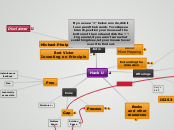arabera Kendra Jennings 6 years ago
416
Jungle
Treating illness and injury in a jungle environment presents numerous challenges. Inadequate lighting can make performing medical procedures difficult, requiring improvisation such as building makeshift operating tables and using people to hold lights.









